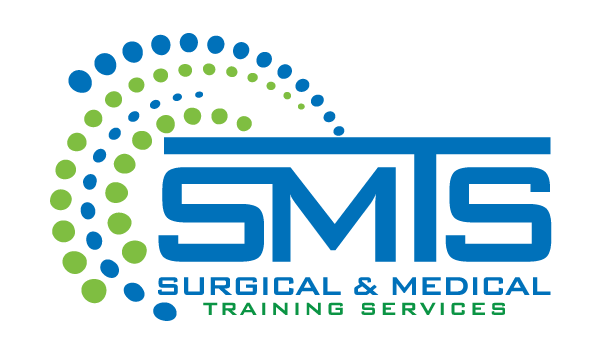Advances in surgical technologies have been occurring at an increasing rate. This means patients may be asking about innovative procedures more, which begs to question, what does that mean for the spinal surgeon?
The purpose of surgical advancement is to improve patient outcomes. In the area of spinal surgery, this means:
- Developing minimally-invasive approaches to spinal conditions
- Expediting patient recovery
- Reducing the duration and severity of post-operative pain
- Minimizing surgical risks
- Improving the integrity of spinal fusions
- Preserving optimal spinal motion in treated segments
These goals are achieved more easily with high-tech approaches. The use of robotics is a prime example. Robotic surgeries are minimally-invasive and very precise due to the use of 3D cameras and computer-assisted navigation. Robotic surgery may also reduce exposure to radiation during certain procedures.
Some of the recent advances that have elevated spinal surgeries include:
CERVICAL ARTIFICIAL DISC REPLACEMENT
This procedure has begun to emerge as an alternative to anterior cervical discectomy and fusion surgery for various pathologies. Studies suggest that the insertion of an artificial cervical disc achieves 4 to 7 years of clinical results. As clinical results have been established, surgeons have begun performing this technique as a two-level procedure.
SPINAL FUSION
Over the past decades, spinal fusion surgeries have achieved better outcomes that include fewer complications and less post-operative pain. In addition to less invasive techniques, spinal fusion has improved with the development of innovative implants and cages that provide better fixation. Finally, surgeons have more bone graft options today than were available years ago.
VERTEBRAL AUGMENTATION
An injury such as a vertebral fracture has historically been a painful and challenging problem due to a lack of surgical repair options. Today, we have multiple surgical techniques to address this condition. Examples include kyphoplasty and vertebroplasty, which are performed to restore vertebral height and/or stabilize the fractured bone with special cement.
As medicine advances, we expand our offerings to keep up. SMTS – Surgical & Medical Training Services is a nonprofit organization that makes cadaver labs available to doctors around the nation who wish to increase surgical skills. For more information on our labs and training events, call (888) 801-9444.


